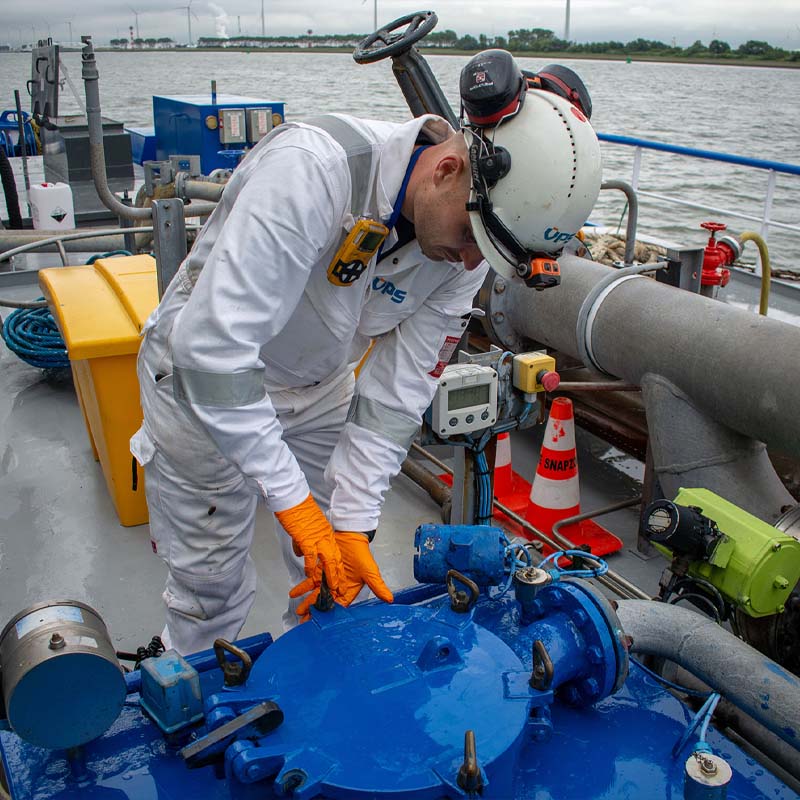Responsible for conducting inspection of activities as per applicable client’s requirements.
Maintain a smooth operation between the vessel’s officers during inspection activities.
Responsible for the accurate and complete compilation of field documents prior to submission to supervisor.
Comply with terminal rules and regulations in performance of job assignment.
Conduct quality survey of petroleum products on board tankers, barges and on shore/ offshore /
storage tanks; measurements of cargo on board vessel tanker before discharge or after loading; convoy on barges from load port and disport; inspection of vessel, barges and ISO tanks prior to loading and after discharge; sampling of petroleum products according and after discharge; sampling of petroleum products according to ASTM methodology.
Perform other functions as may be assigned by the shift Supervisor/Operation Manager from time to time.
Employ proper safety practices during process. Ability to operate UTI meter hermetic, UTI meter and Thermo probe / HC Meter Getting some sample fuels or fluids.
Give safety advice to all workers who are doing unsafe act or unsafe practices.
Ensures with enforcement that safety rules, regulations, procedures and standards are complied with.
Work closely in the cooperation with the safety supervisor to eliminate and correct all unsafe practices and hazardous condition plans and safety action plan are performed on all jobs or task that involve potential safety risk.





